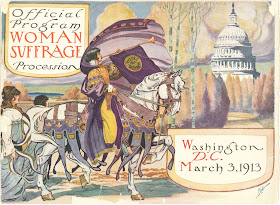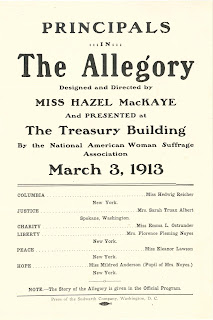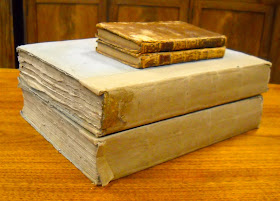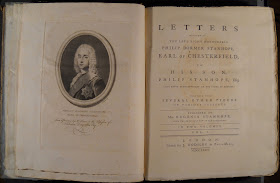 The Inauguration celebration will take place this Monday, marking the beginning of Barack Obama's second term. His victory over Mitt Romney proved the importance of winning female voters (Romney had the majority of male votes, but Obama garnered 54% of the female vote, leading to his victory).
The Inauguration celebration will take place this Monday, marking the beginning of Barack Obama's second term. His victory over Mitt Romney proved the importance of winning female voters (Romney had the majority of male votes, but Obama garnered 54% of the female vote, leading to his victory).With this in mind, we can appreciate the importance of another Inauguration Day—Woodrow Wilson's on March 4th, 1913. On this day, women from across the country marched down Pennsylvania Avenue to the steps of the Treasury Building where they performed an allegorical pageant in support of women's suffrage.
 The pageant was designed and directed by Hazel MacKaye, and "illustrated those ideals towards which both men and women had been struggling through the ages and toward which, in the suffrage creed, they would with cooperation and equality, continue to strive." MacKaye demonstrated these ideals by showing Columbia using a horn to summon the personifications of Justice, Charity, Liberty, Peace and Hope to aid her in the "New Crusade" of women. These characters appeared in robes of rose, violet, and white, and the pageant incorporated dance and the star spangled banner. It culminated in a colorful tableau--a striking contrast to the black-coated gentlemen occupying the White House next door.
The pageant was designed and directed by Hazel MacKaye, and "illustrated those ideals towards which both men and women had been struggling through the ages and toward which, in the suffrage creed, they would with cooperation and equality, continue to strive." MacKaye demonstrated these ideals by showing Columbia using a horn to summon the personifications of Justice, Charity, Liberty, Peace and Hope to aid her in the "New Crusade" of women. These characters appeared in robes of rose, violet, and white, and the pageant incorporated dance and the star spangled banner. It culminated in a colorful tableau--a striking contrast to the black-coated gentlemen occupying the White House next door.Celebrate this year's Inauguration and relive the suffragist fight by asking for Boxes 209 and 217 of The MacKaye Family Papers (ML-5).
Posted for Lucy Morris '14


